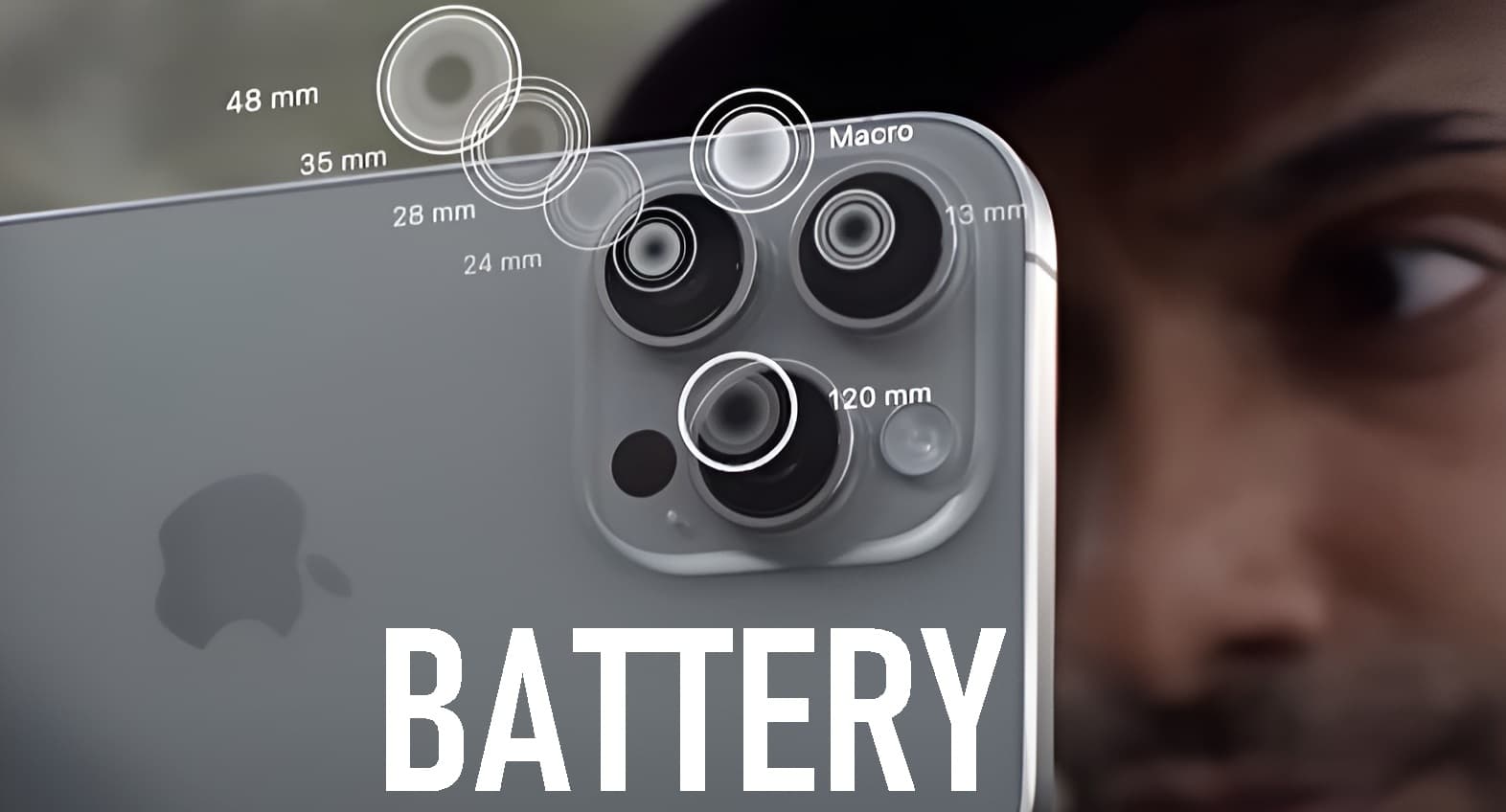
In today’s smartphone market, Apple and Samsung have managed to stay ahead of the curve by creating strong ecosystems around their products. This ecosystem lock-in strategy has become a powerful tool for retaining customers and driving sales. Let’s explore how this approach works and why it’s so effective.
The Challenge of Innovating in a Saturated Market
1. Navigating a Crowded Space
The smartphone market is saturated with options, making it tough for companies to stand out. Innovations that once seemed groundbreaking now quickly become commonplace. To maintain an edge, brands must find ways to differentiate themselves without overwhelming consumers with constant changes.
Why It Matters: In a crowded market, unique selling points and consistent quality become crucial for retaining customer interest and loyalty.
2. Balancing Innovation and Familiarity
In a saturated market, companies need to balance innovation with the familiar features that users rely on. Radical changes can alienate existing customers, while incremental updates help retain user trust and satisfaction.
Why It Matters: A mix of innovation and familiarity ensures that new products appeal to both existing users and potential customers looking for something fresh.
Why Consumers Want Reliability Over Radical Changes
1. Trust in Consistency
Consumers often prefer reliability over radical changes. A phone that consistently performs well and receives regular updates is more valuable than one with flashy but unstable new features. This preference drives companies to focus on refining existing technologies rather than overhauling them completely.
Why It Matters: Reliability fosters trust and satisfaction, making users more likely to stick with a brand they know and trust.
2. Avoiding the Learning Curve
Radical changes can create a steep learning curve. Users value devices that work seamlessly with their established habits and workflows. Small, gradual updates are less likely to disrupt their routine, making for a smoother experience.
Why It Matters: Maintaining a familiar user experience helps users adapt more easily and enhances overall satisfaction with the device.
How Smartphone Brands Use AI to Improve User Experience
1. Enhancing Personalization
AI plays a significant role in improving user experience by offering personalized features. For instance, AI can learn your preferences and suggest apps, settings, or content tailored to your habits, making your phone more intuitive and useful.
Why It Matters: Personalization through AI makes devices more relevant and engaging for individual users, improving their overall satisfaction.
2. Optimizing Performance
AI also helps optimize performance by managing resources efficiently. It can predict which apps you’re likely to use and allocate resources accordingly, ensuring smooth operation and better battery life.
Why It Matters: Efficient resource management leads to faster performance and longer battery life, enhancing the user experience.
The Importance of Consistent UI/UX in Smartphones
1. Ensuring User Familiarity
A consistent user interface (UI) and user experience (UX) help users navigate their devices with ease. When the design and layout remain familiar, users can quickly find what they need and use their devices more effectively.
Why It Matters: Consistency in UI/UX reduces the learning curve and improves overall user satisfaction.
2. Building Brand Identity
A consistent UI/UX also helps build brand identity. When users recognize and appreciate a brand’s design language, it reinforces their connection to the brand and encourages loyalty.
Why It Matters: Strong brand identity through consistent design elements helps companies maintain a distinctive presence in the market.
How Smartphone Companies Use Patents for Innovation
1. Protecting Intellectual Property
Patents protect innovative technologies and designs from competitors. By securing patents, companies can safeguard their unique features and ideas, ensuring that they maintain a competitive advantage.
Why It Matters: Patents provide a legal shield against infringement and encourage continued investment in research and development.
2. Driving Technological Progress
Patents also drive technological progress by encouraging companies to push the boundaries of innovation. Knowing that they can protect their inventions motivates companies to explore new possibilities and advance the industry.
Why It Matters: The pursuit of patents fosters a culture of innovation, leading to new technologies and improvements in smartphone design.
Why Companies Must Know When to Innovate and When Not To
1. Avoiding Over-Innovation
Innovation is important, but too much can be counterproductive. Overly complex or radical changes can alienate users and lead to lower adoption rates. Companies must balance innovation with user needs and market trends.
Why It Matters: Knowing when to innovate and when to stick with proven technologies helps companies maintain a stable market presence and avoid unnecessary risks.
2. Listening to User Feedback
User feedback is crucial for determining the right balance between innovation and stability. Companies should listen to their customers and adapt their strategies based on user preferences and concerns.
Why It Matters: Understanding and addressing user feedback ensures that innovations meet real needs and enhance the overall user experience.
The Role of Feedback Loops in Smartphone Development
1. Gathering Insights
Feedback loops involve collecting and analyzing user feedback to guide product development. Companies use surveys, reviews, and direct user input to understand what works and what needs improvement.
Why It Matters: Feedback loops provide valuable insights that help companies refine their products and address user concerns.
2. Iterative Improvement
Feedback loops enable iterative improvement, allowing companies to make gradual adjustments based on real-world usage. This approach ensures that products evolve in line with user expectations and market demands.
Why It Matters: Continuous refinement based on feedback leads to better products and a more satisfying user experience.
How Samsung’s Fold Series is Shaping Future Phones
1. Pioneering Foldable Technology
Samsung’s Fold series has been a trailblazer in foldable phone technology. By introducing foldable screens, Samsung has opened up new possibilities for device design and functionality.
Why It Matters: Foldable technology represents a significant leap forward, offering users new ways to interact with their devices and expanding the possibilities for future smartphones.
2. Addressing Challenges
Samsung’s Fold series also highlights the challenges of foldable technology, such as durability and cost. By addressing these issues, Samsung is paving the way for more practical and affordable foldable devices in the future.
Why It Matters: Overcoming challenges in foldable technology ensures that future devices will be more reliable and accessible to a wider audience.
Why Sony’s Innovations Didn’t Connect with the Mass Market
1. Misaligned Features
Sony’s innovations, such as unique camera features and high-resolution displays, didn’t always align with mass market needs. While these features were impressive, they didn’t always resonate with the broader consumer base.
Why It Matters: Understanding market demands and aligning innovations with consumer preferences is crucial for achieving widespread adoption.
2. High Costs
Sony’s focus on high-end features often led to higher costs, which made their devices less accessible to budget-conscious consumers. High prices can limit market appeal and hinder widespread adoption.
Why It Matters: Balancing innovation with affordability helps ensure that new technologies reach a larger audience and achieve market success.
How Companies Like OnePlus Innovate Without High Costs
1. Embracing Efficient R&D
Companies like OnePlus manage to innovate without high costs by focusing on efficient R&D processes. By leveraging existing technologies and streamlining development, they can introduce new features at a lower expense.
Why It Matters: Cost-effective innovation allows companies to offer advanced features without significantly increasing prices, making them more competitive.
2. Leveraging Community Feedback
OnePlus also uses community feedback to guide innovation. By engaging with their user base, they can prioritize features that are most important to their customers and avoid costly developments that may not be well-received.
Why It Matters: Listening to community feedback ensures that innovations align with user needs and expectations, improving the likelihood of success.
Why Consumers Prefer Incremental Upgrades Over New Features
1. Reducing Disruption
Incremental upgrades offer improvements without major disruptions. Small, gradual enhancements are easier for users to adapt to than radical changes, which can be unsettling or confusing.
Why It Matters: Incremental upgrades ensure a smoother transition and help maintain user satisfaction with minimal disruption.
2. Building on Existing Strengths
By focusing on incremental improvements, companies can build on the strengths of existing features and refine them over time. This approach enhances the overall quality of the device while preserving familiar elements.
Why It Matters: Gradual enhancements lead to more polished and reliable products, which contribute to higher user satisfaction.
The Rise of Compact Phones and Why They’re Back
1. Demand for Portability
Compact phones are making a comeback as users seek more portable and pocket-friendly devices. Smaller phones offer convenience and ease of use without sacrificing essential features.
Why It Matters: The resurgence of compact phones caters to users who value portability and compact design, meeting a niche demand in the market.
2. Balancing Functionality and Size
Modern compact phones are designed to balance functionality with size, offering powerful features in a smaller form factor. Advances in technology have made it possible to pack high performance into a compact device.
Why It Matters: Compact phones provide a practical option for users who want a smaller device without compromising on performance.
Why Camera Tech Drives Smartphone Innovation Today
1. Consumer Focus on Photography
Camera technology is a major driver of smartphone innovation. With consumers increasingly focused on photography and video quality, manufacturers are investing heavily in camera advancements to meet these demands.
Why It Matters: High-quality camera features are a key selling point for smartphones, driving innovation and competition in the market.
2. Expanding Capabilities
Innovation in camera tech includes improvements in image processing, low-light performance, and advanced features like optical zoom and AI enhancements. These advancements push the boundaries of what smartphones can do and attract users interested in cutting-edge photography.
**
Why It Matters:** Expanding camera capabilities keeps smartphones relevant and appealing to users who value high-quality imaging.
Conclusion
Ecosystem lock-in, user preferences for reliability, and advancements in technology are shaping the smartphone market. By understanding these dynamics, companies like Apple and Samsung continue to lead the industry with strategic innovation and refinement. As smartphone technology evolves, balancing innovation with user needs and market trends will remain crucial for success.







